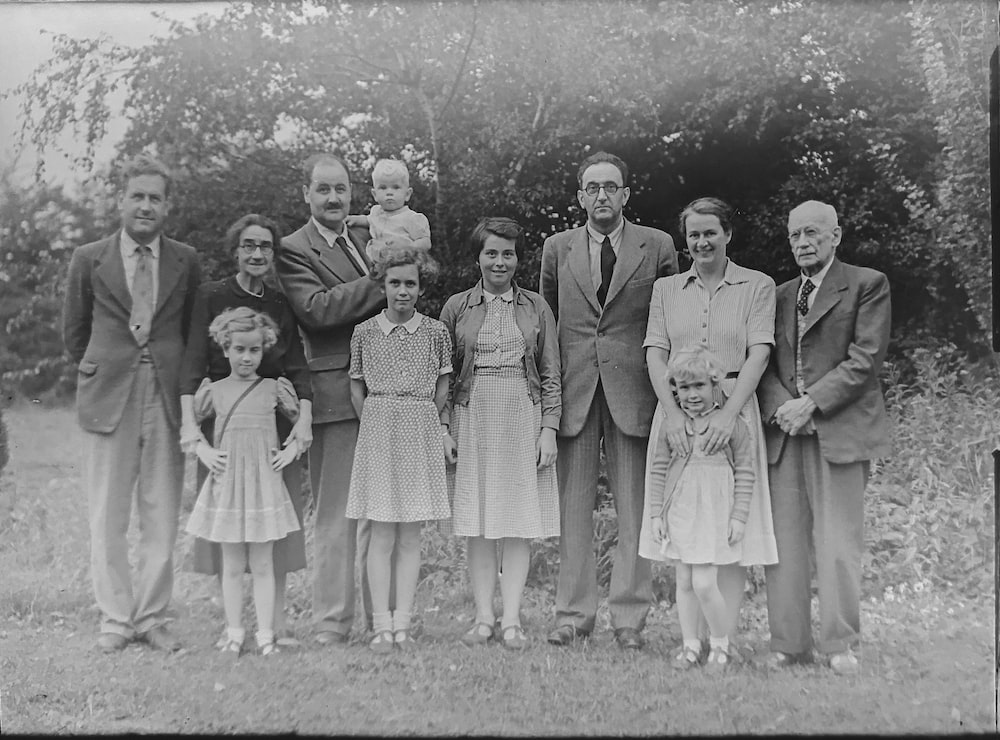In early 2021, I came across this advertisement for an application that uses AI in order to turn a picture into a small 10 second video. At the time, I scrolled past it with no interest until it kept being recommended on my social medias. I finally gave in a downloaded the application.
I had this picture of my grandfather as my background and thought it would be fun to try the application with it. I had just mentioned to my family how I thought we did not have enough videos of my grandfather, and his unique facial expressions. After watching a 30 second advertisement, the results were mind-blowing. It was like my grandfather was alive again through a picture that had been taken years ago.
The application, also available as a website, is called MyHeritage. With their service “Deep Nostalgia”, AI can convert photos of people either new or old, and animate them into a short 15 second video. Basically, “Deep Nostalgia works by using several pre-recorded videos of facial movements, consisting of a fixed sequence of movements and gestures, then using AI software, it will apply the one that works best for the photo you are trying to animate.” (MyHeritage, n.d.).
In my case, I found this service absolutely great. I still use it until this day to animate old pictures and play around with my camera roll. However, I can also see a potential issue that arrises from such a Generative AI concept. With any technology that has the potential to manipulate photos or videos, there is always a risk of using someone else’s picture with consent, and make it available to the public. For example, someone could use MyHeritage to create fake videos of people saying/doing things they never did, which could be harmful.
And again, the question of how freely should we let society use these Generative AI tools arises.
MyHeritage Deep NostalgiaTM, deep learning technology to animate the faces in still family photos – MyHeritage. (n.d.). MyHeritage. https://www.myheritage.com/deep-nostalgia


